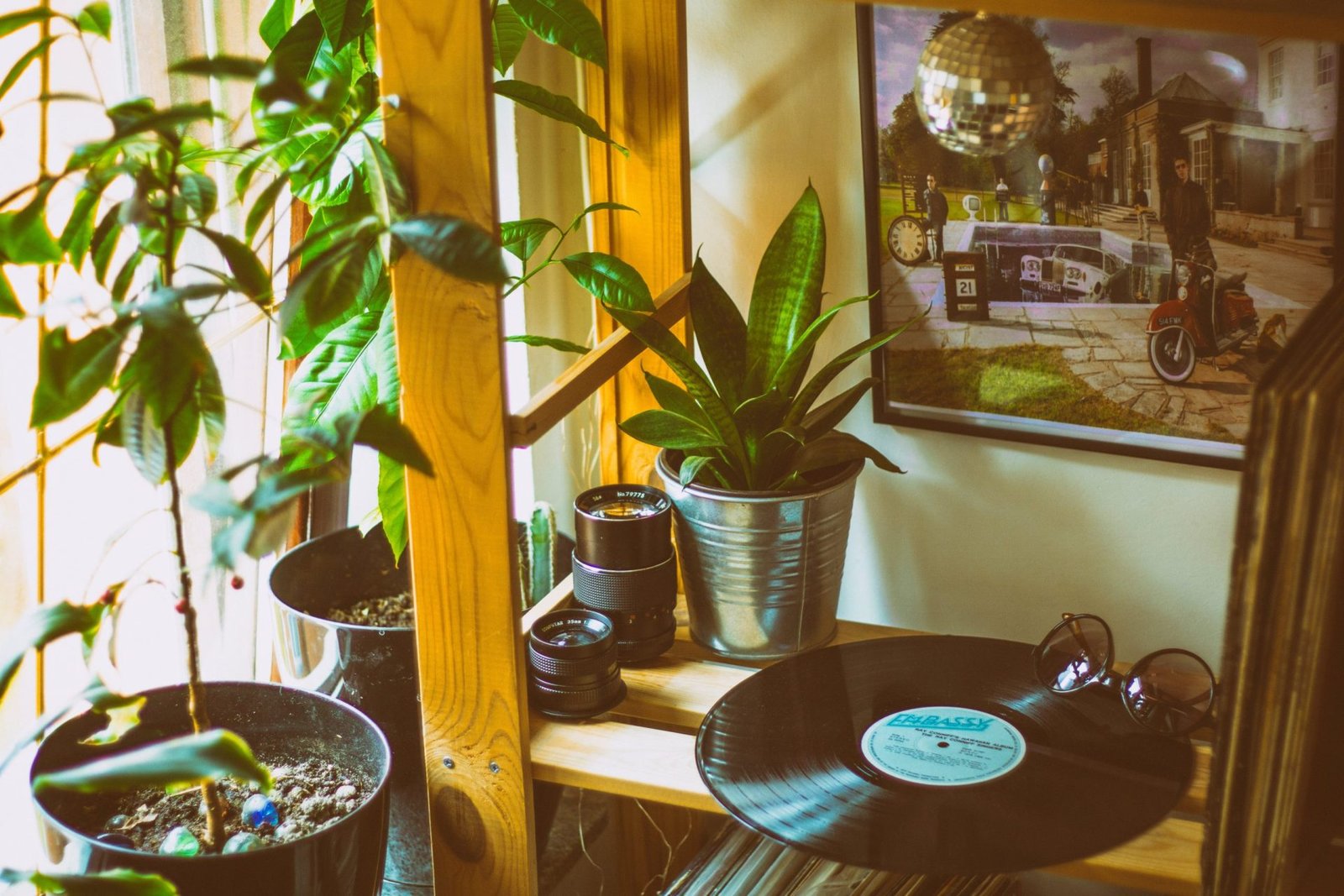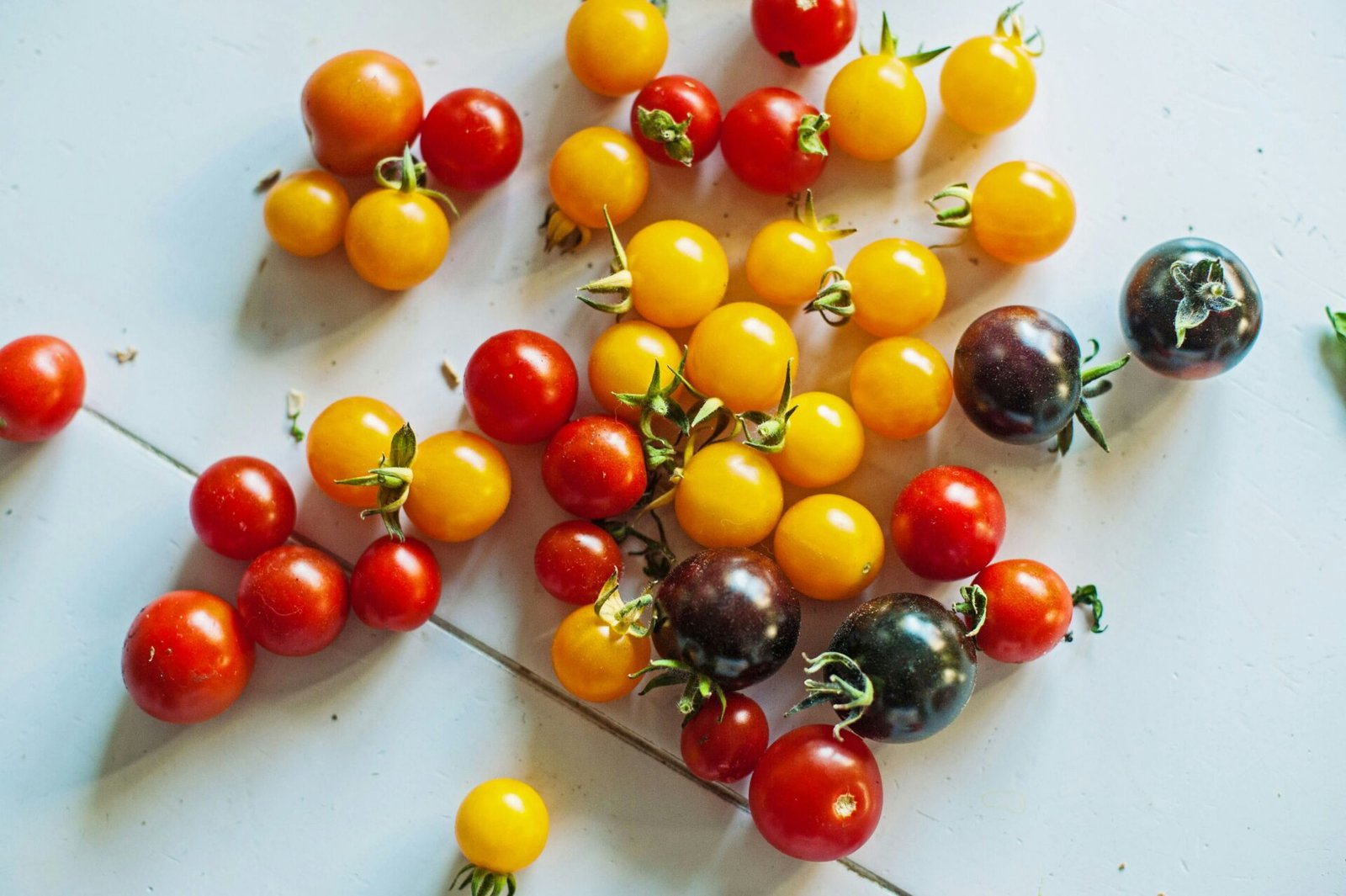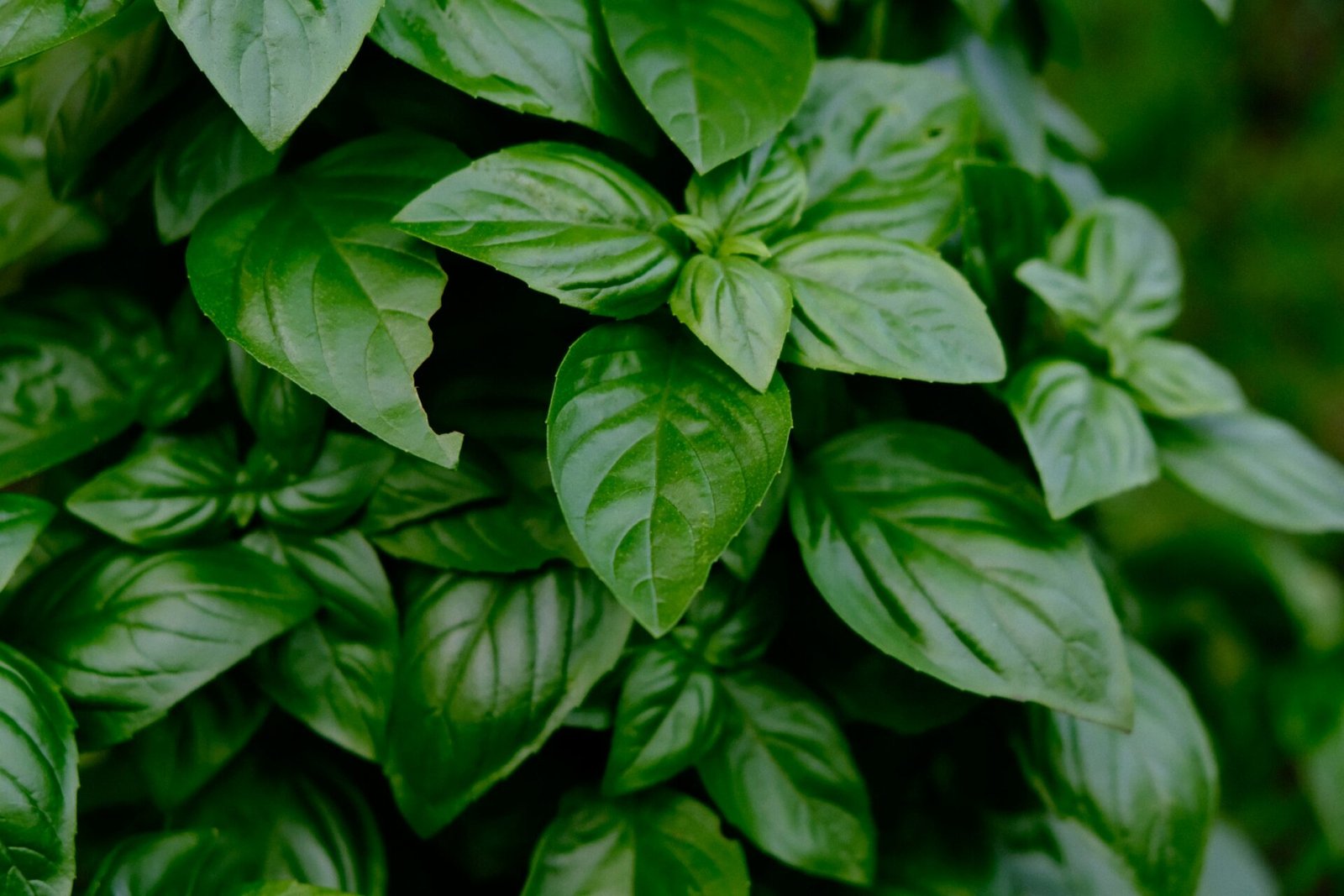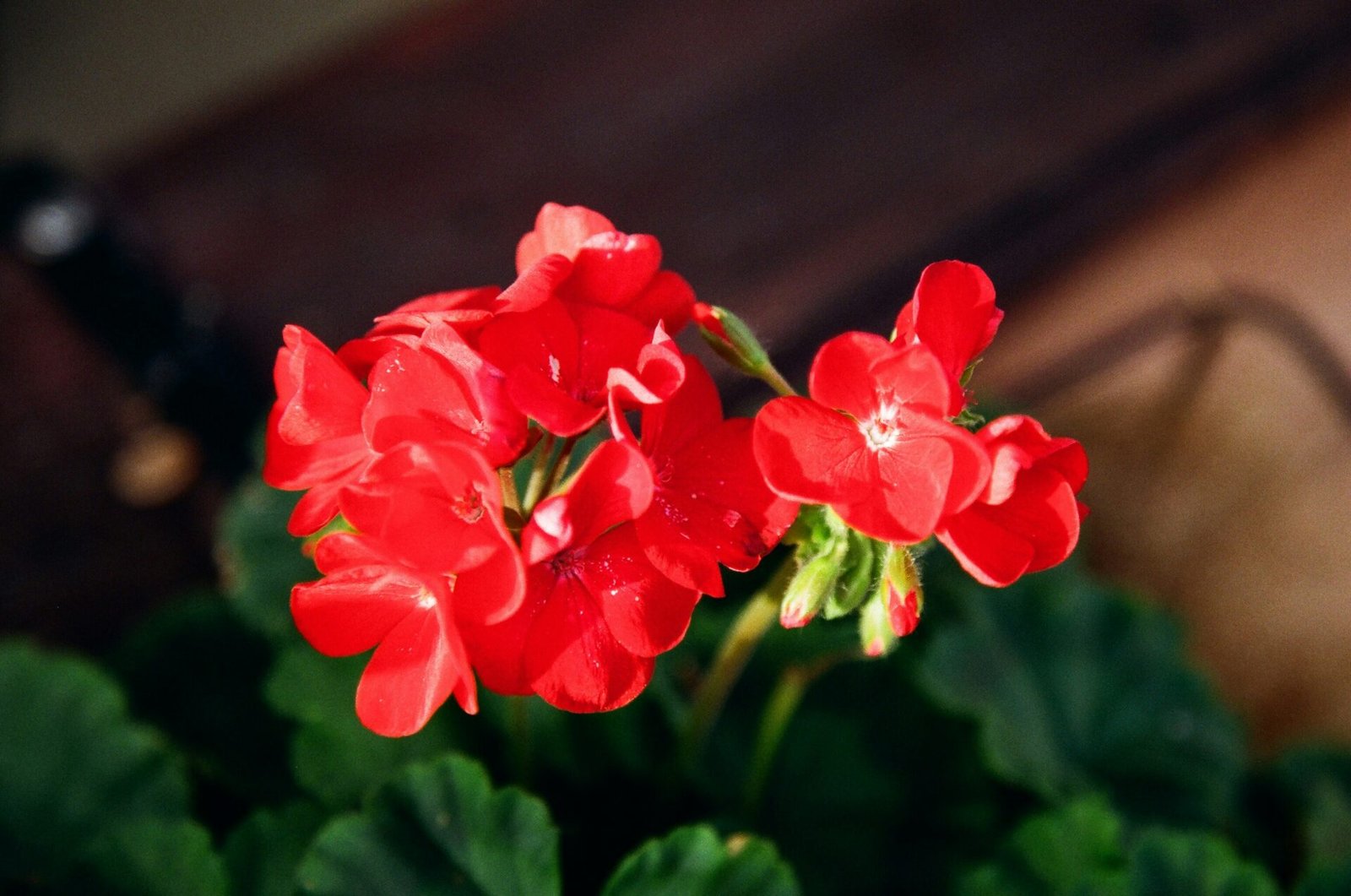Starting an urban garden might seem daunting, but I’m here to tell you it’s easier than you think! Whether you’ve got a small balcony or a modest community plot, you can harness the power of green thumbs even in the concrete jungle.
Urban gardening’s not just about sprucing up your space—it’s a game-changer for your health and the environment. I’ve seen firsthand how a little patch of green can reduce stress, improve air quality, and even cut down on your grocery bill.
So, let’s dig into the world of urban gardening together. I’ll guide you through the essentials to get you growing in no time, and we’ll explore the incredible benefits that come with nurturing your own urban oasis.
How to Get Started with Urban Gardening
Embarking on your urban gardening journey is simpler than you might think. First and foremost, assess the space you have available. Whether it’s a small balcony, a rooftop, or a patio, each area provides unique opportunities for creating a garden. Once I’ve sized up the space, I make a mental note of the amount of sunlight it gets daily, as this will determine the types of plants that’ll thrive there.
Now for the fun part: selecting the plants. When choosing plants, I consider not just aesthetics but also their utility. For an urban garden, I often recommend going for a mix of:
- Edible plants such as herbs, vegetables, and fruit-bearing plants
- Ornamental plants that add color and texture
- Pollinator-friendly plants to attract bees, butterflies, and other beneficial insects
After selecting your plants, it’s time to gather materials. I’ve found that high-quality soil, proper containers with adequate drainage, and basic gardening tools are the foundation of a robust urban garden. One can’t underestimate the importance of good soil—this is where plants get most of their nutrients, so I always go for the best I can find.
Irrigation is another crucial aspect I pay close attention to when starting my urban garden. Options range from simple watering cans to drip irrigation systems, depending on your budget and the complexity of your garden. Remember, the goal is to ensure that plants receive a consistent amount of water without overwatering.
Lastly, no matter the size of your garden, consider incorporating vertical gardens or hanging planters. These are not only space savers but also add an appealing dimension to your urban oasis. Plus, they’re an excellent option for those with more wall space than floor space.
Getting started with urban gardening requires some initial setup, but the process is part of the joy. It’s about experimenting, learning, and watching your space transform into a green, productive haven.
Choosing the Right Space for Your Urban Garden
Selecting the ideal spot for an urban garden is a critical step in the journey to green bliss. The right location can mean the difference between a thriving garden and a struggling one. Before I dive into the nitty-gritty of garden planning, I consider what my living space can accommodate. Whether it’s a small balcony, a rooftop, or a tiny patch of land, every nook has potential.
I first look for an area that receives adequate sunlight. Most vegetables and herbs need at least six hours of sunshine to flourish. I take notes on the sun’s pattern over a few days to gauge the best spot. If I’m dealing with a shady area, I won’t despair. Many plants, like lettuce and spinach, thrive in less sunlit conditions too.
Next, I account for water accessibility. Proximity to a water source simplifies the irrigation process immensely. If there’s no outdoor tap nearby, I consider investing in a long hose or a watering can that I won’t mind filling repeatedly.
The importance of shelter also can’t be overstated. My urban oasis needs protection from winds that could knock over plants or pummel them with urban debris. Structures like walls, balconies, or sturdy trellis can provide the necessary shield.
When I’m limited on horizontal space, going vertical becomes my go-to strategy. Utilizing walls and fences for climbing plants or installing shelving can maximize the area I have. This approach not only saves space but also adds an eye-catching vertical element to my urban garden.
Here are some additional considerations:
- Drainage is crucial. I ensure that water can escape to prevent root rot in my containers.
- Safety is a must. If I’m gardening on a balcony or rooftop, I confirm that it can support the weight of my garden, especially when wet.
- Convenience matters. I like to place my garden where I can easily access it for regular maintenance and harvesting.
By taking the time to analyze these factors, I set myself up for success. My urban garden is not just about planting — it’s about creating a sustainable, productive, and peaceful green space where I can connect with nature and enjoy the fruits (and vegetables!) of my labor.
Essential Tools and Supplies for Urban Gardening
Starting an urban garden requires more than just a plot of land or some containers; it’s about having the right tools and supplies to ensure your garden thrives. Without these, you might find yourself struggling to maintain the vibrant green space you’ve envisioned.
Firstly, quality soil is the foundation of any garden. In an urban environment, where natural soil may be scarce or poor in quality, purchasing good potting mix is crucial. You’ll want a mix that’s rich in nutrients and has good water retention to support plant growth.
Next, consider the tools for routine maintenance. A sturdy trowel and pruning shears are a gardener’s best friends for planting and trimming. If you’re short on space, multis-task tools, that combine several functions in one, are a smart investment. You won’t need a full-sized rake or hoe if you’re working with small containers or raised beds, so choose tools that fit your garden’s scale.
Watering is a non-negotiable part of gardening, and a watering can or hose with an adjustable nozzle is necessary. The right watering tools will help you control the flow and avoid over- or under-watering, which can be detrimental to your plants. If you’re utilizing vertical space, a long spout can be particularly useful to reach higher plants.
Don’t overlook the importance of protective gear. Durable gloves protect your hands from thorns and dirt, and a hat with a brim shields your face from the sun. Comfortable shoes or boots will also keep your feet safe from sharp tools and rough terrain.
Additionally, to closely monitor your garden’s conditions, include a thermometer and soil moisture meter in your toolkit. These devices can alert you of extreme temperatures or dry soil that may impact plant health.
Finally, for those looking to grow a variety of plants, plant labels are essential. Labeling helps in tracking the growth and needs of different species, especially if you are experimenting with a diverse range of plants in a confined space.
Selecting the Right Plants for Your Urban Garden
When you’re ready to add some green to your urban space, it’s crucial to choose plants that’ll thrive in your particular environment. Sunlight exposure, space constraints, and plant hardiness are pivotal factors to consider. Here’s how to make your urban garden both lush and practical.
Firstly, assess the sunlight your space receives. This is a make-or-break factor for plant health. Full sun areas require plants that can bask in direct sunlight for most of the day – think tomatoes or basil. For shaded spaces, you’ll need to look for shade-tolerant species like ferns or begonias.
Space is another critical consideration. You don’t want your urban oasis to feel cramped or overgrown. Opt for compact varieties or dwarf species that won’t outgrow their containers or allotted space. Vertical gardening with climbing plants or using hanging baskets can maximize your gardening real estate.
Here’s a simple breakdown of plant choices based on sunlight exposure:
| Sunlight | Plant Options |
|---|---|
| Full Sun | Tomatoes, Basil, Lavender |
| Partial Sun | Chives, Mint, Strawberries |
| Full Shade | Ferns, Begonias, Hostas |
Caring for your urban garden plants requires consistency. Regular watering, periodic fertilizing, and monitoring for pests keep your plants healthy. I’ve discovered that using a balanced, water-soluble fertilizer promotes growth without the risk of over-fertilizing.
Lastly, don’t forget the necessary role of pollinators in your urban garden. Including a variety of flowers and herbs attracts bees and butterflies, which not only helps with pollination but also adds vibrant life to your space.
By being mindful of these considerations and choosing the right plants for my environment, I’ve managed to create an urban garden which is not only a personal haven but a productive space as well. If you’re picking plants for your garden, just remember to tailor your choices to the specific conditions of your urban setting.
Caring for Your Urban Garden
Maintaining an urban garden doesn’t have to be daunting. With a few strategic moves, you’ll see your green space flourish. Here’s how to keep your plants thriving.
Establish a Routine
Your urban garden craves routine. Consistent watering, feeding, and monitoring for pests are crucial for plant health. The best way to remember? Set a schedule. I check on my plants first thing in the morning — that’s when they’re most receptive to care.
Water Wisely
Overwatering can be just as harmful as neglect. To avoid this, I use a simple finger test: I stick a finger an inch into the soil. If it feels dry, it’s time to water. Steer clear of evening watering; it can lead to mildew since plants don’t have time to dry out before nightfall.
Nutrition for Growth
Plants need the right nutrients to grow. I prefer organic fertilizers; they release nutrients slowly, making it hard to overfeed. Also, they improve soil structure. Apply fertilizer according to the product’s guidance, typically once every 6 weeks.
Pest Control
Pests can be a challenge in any garden, urban or not. My go-to solution is non-toxic, such as neem oil or insecticidal soap. It’s important to act early; Once I spot pests, I apply treatment immediately to prevent their spread.
Pruning and Deadheading
Encourage new growth and maintain aesthetics by regular pruning and deadheading. I remove dry or dead leaves and snip off spent blooms. This not only keeps my garden looking tidy but also promotes more flowers and a healthier plant.
Remember, your urban garden is your oasis. Its upkeep might require learning a few new skills, but once you get into the groove, tending your plants becomes a relaxing part of your routine. There’s nothing quite like watching your garden come to life, and realizing it’s your own two hands that made it happen.
The Benefits of Urban Gardening
Getting your hands dirty in an urban garden isn’t just a rewarding hobby; it’s packed with advantages that extend beyond the obvious bounty of fresh produce. As someone who’s experienced the transformation of a balcony into a bounty, I can attest to the multitude of benefits urban gardening brings to my life.
Health and Wellness
There’s no denying the health perks of urban gardening. Throughout my time tending to my plants, I’ve noticed significant improvements in my physical and mental well-being. Here’s why:
- Physical Exercise: Gardening is a great form of low-impact exercise. Digging, planting, and weeding are all activities that increase my cardiovascular endurance and muscle strength.
- Mental Health: The tranquility of nurturing plants offers a form of mindfulness that reduces stress. My garden is my sanctuary, and the green space creates a sense of calm in the bustling city environment.
- Nutritional Gain: Harvesting my own herbs and vegetables ensures that I’m consuming fresh, nutrient-rich foods. I know exactly what’s going into my soil—and onto my plate.
Environmental Impact
Urban gardens are more than a personal gain—they’re a boon for the environment. They contribute to:
- Air Quality: Plants produce oxygen and absorb carbon dioxide, making my little garden a natural air purifier for the surrounding area.
- Biodiversity: Introducing a variety of plants into urban spaces provides habitats for bees, butterflies, and other beneficial insects, enhancing local biodiversity.
Community and Aesthetic Value
Beyond the boundaries of my own plot, urban gardens foster community spirit and enhance the visual appeal of the neighborhood.
- Social Spaces: Community gardens often become gathering places, offering a unique opportunity to connect with neighbors and share gardening tips.
- Urban Beautification: A garden transforms dull spaces into lush, green areas that improve the overall look of the cityscape. My garden has certainly caught the eyes of passersby, earning me a few compliments along the way.
As the urban landscape transforms with more greenery, it’s clear that the ripple effects of these urban oases are profound. From promoting healthier lifestyles to enriching our environment, the power of urban gardening continues to amaze me.
Conclusion
Embarking on your urban gardening journey is a step toward a greener, healthier life for you and your community. It’s a rewarding endeavor that pays dividends in well-being and environmental stewardship. By nurturing your own slice of nature, you’re not just growing plants; you’re cultivating a sustainable future. So grab your gardening tools and let’s turn our concrete jungles into lush, vibrant oases one plant at a time. Trust me, it’s a decision you’ll never regret.





